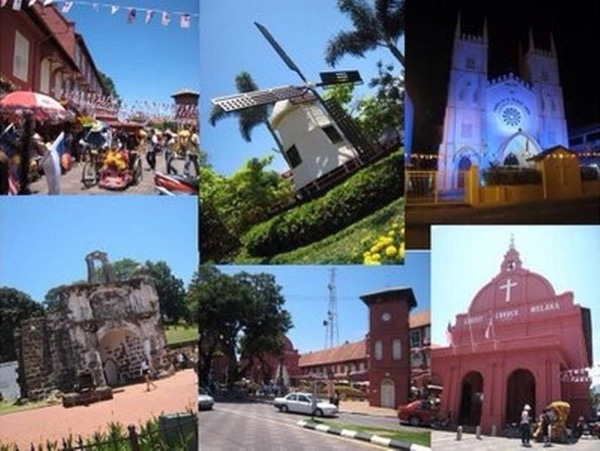Recently, the Melaka Trustees of Wang Kang erected the monument of the Wang Kang at Bandar Hilir.
The Wangkang Festival – Cremation of Spirits
by Maggie Thompson

Photo by Junipersjournal
References to cremation date back hundreds of years
Cremation is an ancient practice, described as early as the 8th century B.C.E. in Homer’s Iliad and Odyssey. In classical times, cremation was a military procedure associated with battlefield honors. Cremation of Roman emperors included the release of an eagle above the cremation pyre to symbolize an emperor's deification and the passing of the emperor-god’s spirit.
It was in India through the cultures of Buddhism and Sikhism that cremation developed into a widely used, enduring social tradition. With their religious belief in reincarnation to other lives, cremation became an appropriate practice for expressing the ephemerality of bodily life and the eternity of spiritual life.
Cremation ritual of Wangkang
Wangkang is a rare and unusual festival in Malacca, Malaysia, designed to rid the world of wandering souls, evil spirits, and other negative elements that threaten to disrupt peace and prosperity. The grand and costly religious procession was introduced to Malacca by Hokkien migrants from Fuijan province, China. It first took place in Malacca in 1854. The Wangkang procession is only organized when mediums at the Yong Chuan Tian Temple get a command from the Ong Yah deities. The message is delivered via a small chair which, when held, “writes” characters, directing the temple committee to arrange for the Wangkang. Over centuries, the festival has taken place at varying intervals, ranging from 5 to 68 years. In recent times, the festivals were held in 2001, 2012 and 2017.
What happens during Wangkang?
After the message has been received, preparations begin with construction of the Royal Barge, which typically takes several months. Made of Malaysian merbau timber and heavy plywood, the barge is about 18 feet long and 6 feet high, with a mast 18 feet tall. The festival is held on the 15th and last day of the Chinese New Year.
Crowds gather at the temple the evening before the parade. Early the next morning ceremonies begin. Dragon and lion dancers, colorfully clad stilt walkers in traditional Chinese costumes, and more than a hundred musicians begin a procession from the temple. Teams of people pull the Royal Barge on a wheeled platform by rope around the city, halting at many key stops, where Taoist high priests lead cleansing rites to order all evil spirits and influences to get on the boat. At dark, accompanied by fireworks, the barge is loaded with bags of rice, wine, water, herbs, pots, pans, stoves and joss paper. Also known as ghost or spirit money, joss papers are sheets of paper that are burned as offerings in traditional Chinese deity or ancestor worship ceremonies during special holidays, such as Wangkang, and in traditional Chinese funerals.
The priests say final prayers as the Royal Barge is finally set aflame. It is believed the Royal Barge continues to take evil spirits on board even as it burns, thus destroying malicious demons. Members of the crowd are given small bags of tea, which they are to throw into the fire. After doing so, they must walk away and not turn back. Looking around at the flaming barge is said to bring misfortune from the spirits who are determined to do evil to those tempted to break the traditional rules.
The Royal Barge is never launched in water. No human remains are cremated. But this cultural pageantry is steeped in spiritual tradition. By way of this dramatic, fiery cremation ritual, the collected spirits and negative elements are symbolically sent off to the unknown.


No comments:
Post a Comment